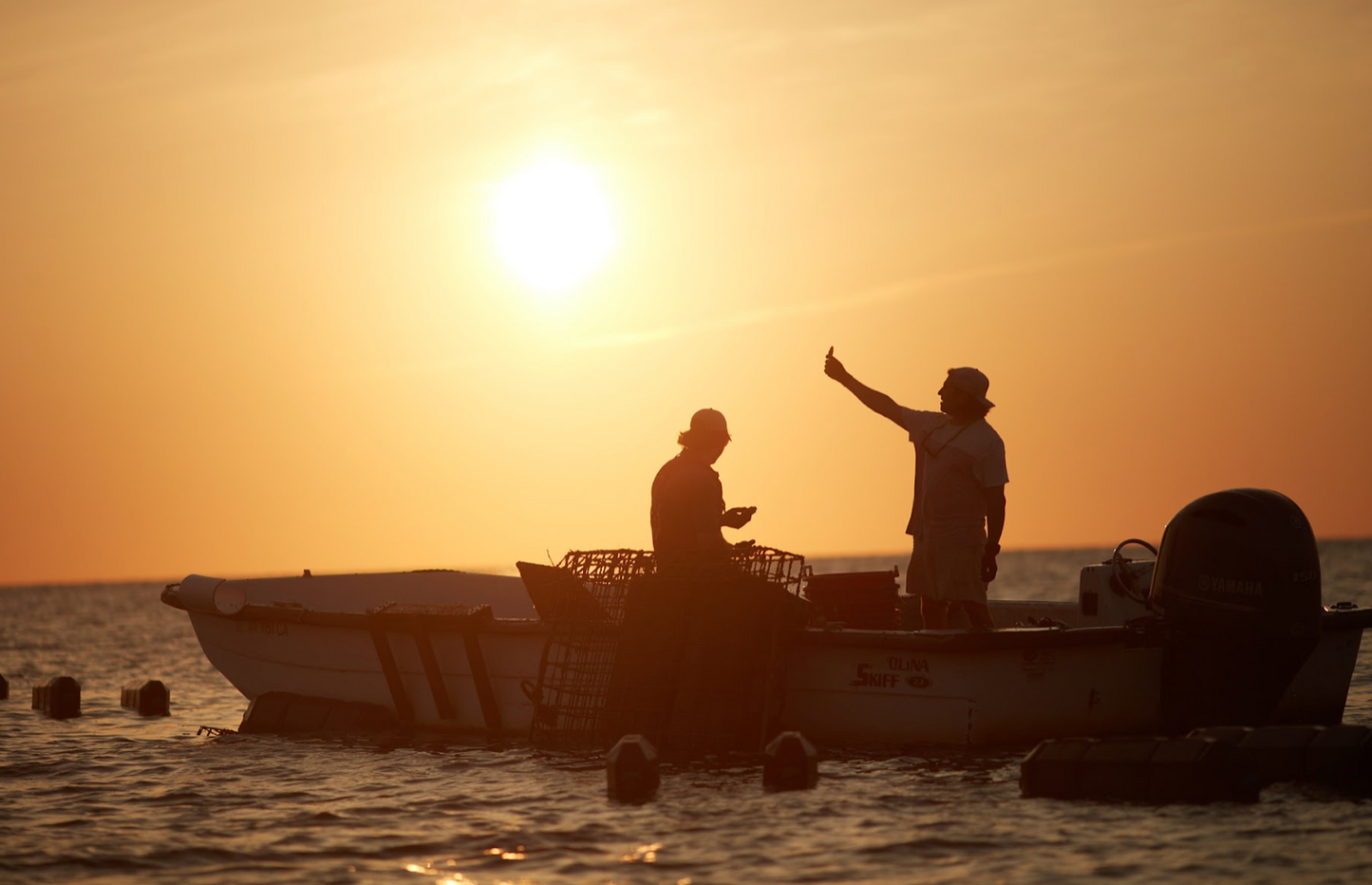
North American Oysters. Flavor 101
As the traditional oyster season is underway, I felt inclined to pick up an old favorite book. I first picked up A Geography of Oysters by Rowan Jacobson back in 2009 when I first got into the oyster trade. If you're an oyster fanatic or someone new to the scene, it's fun to touch up on some of the basics. Here are some quick flavor profiles of the five commercially cultivated oysters in North America. Each oyster species can be thought of as we do grapes. Each has classic characteristics. They can be expressed quite differently, depending on the environment they are raised in. Here is a quick review according to Rowan…
Eastern Oyster ( Crassostrea Virginica) - Traditionally large firm Briny - The Riesling of oysters. From the wrong place, it can be simple and one-dimensional. When grown in the right place it can achieve a brilliant subtlety and refinement, transparency of sea and minerals.
Pacific (Crassostrea Gigas) Large soft sweet with cucumber notes - more like a sauvignon blanc. Less mineral but far more fruity. Often cucumber and seaweed flavors. This is the main oyster grown on the west coast and is native to Japan,
Kumamoto (Crassostrea sikamea) Small and creamy with hints of melon- Chardonnay buttery round and smooth with all the fruit of pacifics but not the bitterness.
European Flat AKA Belon (Ostrea Edulis) Medium, Metallic with a trace of caviar and hazelnut. This has the loudest flavor of the bunch. The wine equivalent would be a super Tannic Barolo. Complex and not that approachable.
Olympia (Ostrea Conchaphila) Tiny, Copper Smoky - friendlier version of the Belon but very rich in copper, smoky flavor. This oyster is very rare and the only native west coast oyster. If you see this on a menu, make sure to order a few.
These varieties stand in relation to one another a bit like wine grapes do. Flavor, appearance, and quality will vary depending on where and how they are grown. But they still have certain predictable characteristics.
White Stones, Salty Sally’s, Bay Blue’s and Wandering Wader’s all hail from the Chesapeake bay and are of the Crassostrea Virginica variety ( Eastern oyster). Our White Stone Oyster is often explained as having a Mushroom flavor upfront with a subtle salty miso finish.
When exploring new oysters I like to use the simple Compass Method that my friends from the Virginia Institute of Marine Sciences taught me a few years ago.
North - Name of the oysters
South- Salinity content of the water they are grown in
East- Environment they are grown in
West- Where they are from
Name: White Stone Oysters
Salinity- Medium to mild salt 15-18ppt
Environment- floating farm. Big wavy open water
Where: Virginia, Chesapeake Bay.
Have some fun this oyster season and try some oysters you have never tried before.
Cheers!
Tom
← Older post Newer post →
